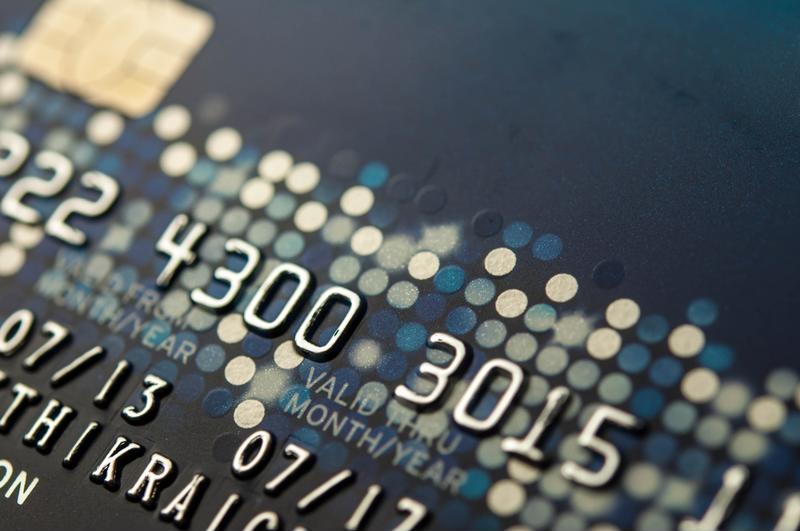Billing and payment processing are critical business management issues that directly affect your cash flow and customer relationships.
Credit and debit card payments enable security companies to set up auto-pay, which helps with security as well.
How many forms of payment do you currently accept? Billing and payment processing are critical business management issues that directly affect your cash flow and customer relationships.
Your customers likely expect to have a variety of choices when paying for their services, including a security system installation or maintenance. Your account management platform, including good security billing software, should give you the choice to accept multiple types of payments while also reducing your workload. Here are four payment methods that you should be aware of and understand how they can impact your business:
1. Online: Increasingly, customers want to be able to pay online from the comfort of their computer. So your billing and payment platform should be directly integrated with an online payment website – either your own, or one provided by a third party. When the customer logs in using a strong method of authentication, they should see their open or unpaid invoices. Then, like any payment site, they should be able to proceed to make payment using a credit card or bank debit. Finally, they should get an immediate approval code for credit card payments. Bank debits do not allow for an immediate clearing of the transaction, but the customer should at least be given a temporary authorization code.
 During the online payment process, the subscriber should also have the ability to choose to use the same payment method going forward – so he or she becomes a permanent auto-pay customer.
During the online payment process, the subscriber should also have the ability to choose to use the same payment method going forward – so he or she becomes a permanent auto-pay customer.2. Check: Checks have seen less use as credit and debit cards increase in popularity. However, they’re still one of the primary ways consumers and commercial businesses pay for services. That said, there are key pieces of information you need to capture when processing check payments. The payer’s bank routing number and customer account number must be printed on the check, as this is used by the bank that deposits the funds in your account. Be sure to quickly deposit checks received to avoid the risk of returned checks. Bounced checks can also be a problem, but returned check percentages are usually lower than 1 percent in the security industry.
3. ACH Debit: While this payment type is very similar to checks, there are many advantages to this system that paper-based transactions lack. Increasing use of ACHs has led to upwards of 22 billion ACH payments in 2014, according to PYMNTS.com. The electronic payments association, NACHA, explained that ACH transactions are simpler, faster and more secure than checks due in large part because it’s all carried out electronically. Direct deposit and the ability to set up automated payments make this an extremely attractive choice and low-cost choice, compared to card and check payments, especially considering ACH transactions typically clear in two days.
 Credit and debit cards are useful for establishing auto-payment.
Credit and debit cards are useful for establishing auto-payment.4. Credit and debit: It’s increasingly likely that your customers will reach for the plastic when paying for your services. Citing a study conducted by Javelin Strategy & Research, a recent Business News Daily article predicted that less than one-quarter of all point-of-sale purchases are going to be carried out in cash by 2017. The vast majority will be credit and debit payments, which means you need to consider what IT infrastructure you’ll need to build the most functional system. Oftentimes, the first step is establishing a merchant account with a bank or similar financial institution. There are multiple types of accounts, including ones aimed at retailers, online organizations and those specializing in mail or telephone orders. In some cases, small-business owners will partner with a merchant account service provider that will be the liaison between the company and bank, as well as the supplier of POS equipment. With this setup, there are monthly and transactional fees that you’re responsible for paying in return for the ability to process credit and debit cards. However, even these expenses can be avoided, and one of the ways to do so is through software that processes payments and billing.
The right security billing software provider can often act as a billing agent, meaning all of the necessary processing tools and functions are built into the platform. Once you’ve captured the customer’s payment information, you’re able to enter it into the software and the billing agent handles the rest, including issues involving Payment Card Industry Data Security Standards. Additionally, it’s easy to set up auto-pay with credit and debit cards, which, along with pre-authorized ACH, are ideal for security company subscribers.
